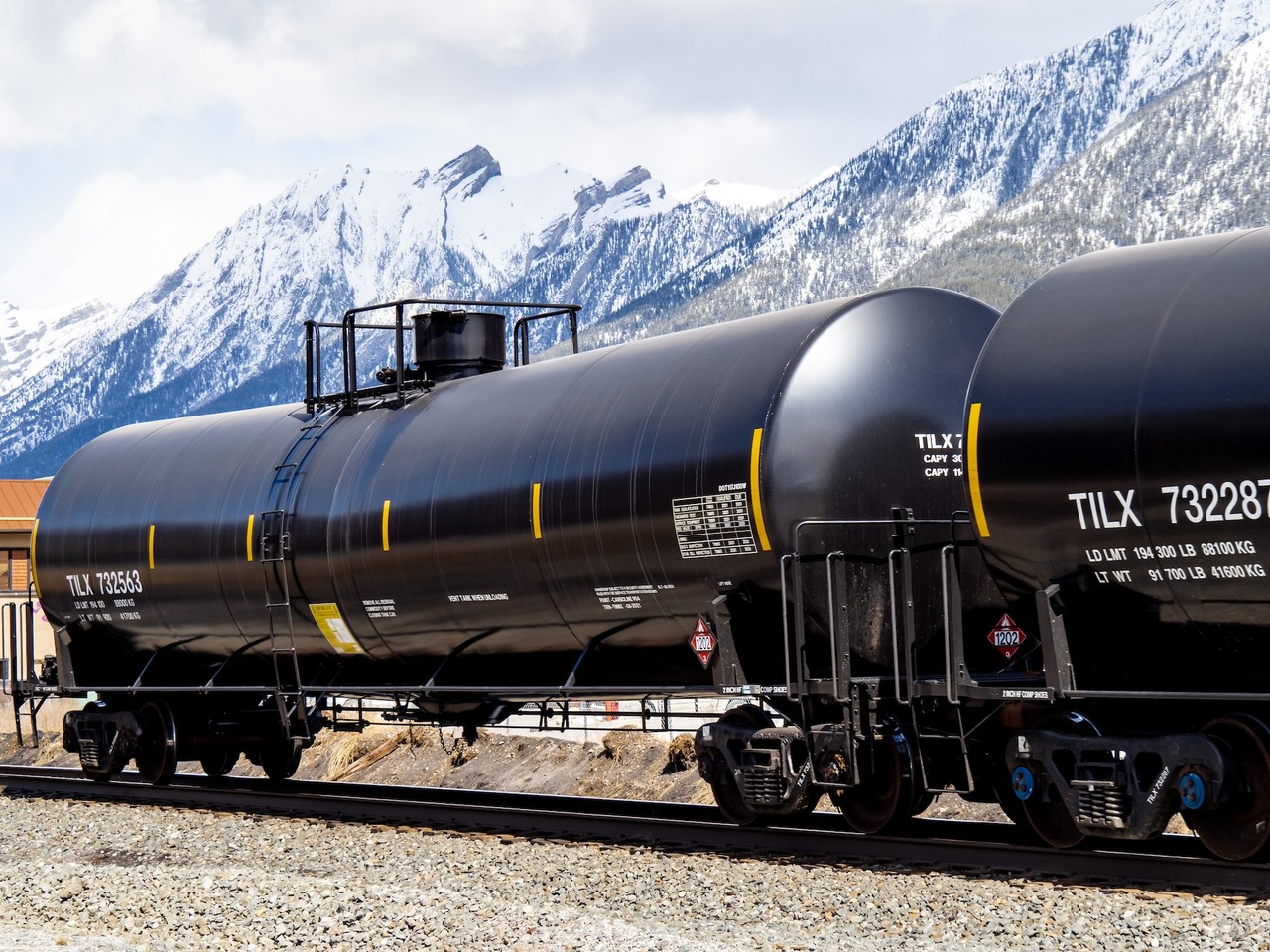Forecast for the Oil Industry in Canada for 2025
Overview
The Canadian oil industry, a cornerstone of the nation’s economy, faces a complex and transformative future as it approaches 2025. Several factors, including global market dynamics, environmental policies, technological advancements, and socio-political influences, will shape the industry’s trajectory. Here’s a comprehensive forecast for Canada’s oil sector in 2025.
Market Dynamics and Global Demand
The global demand for oil is projected to continue its post-pandemic recovery, albeit at a slower pace due to the accelerated shift towards renewable energy sources. The International Energy Agency (IEA) anticipates a modest increase in global oil demand, with emerging economies driving much of this growth. For Canada, this translates into a steady market for its oil exports, particularly to the United States and Asia.
However, the competition will be fierce. Countries like Saudi Arabia, Russia, and the United States are also vying for a larger share of the global oil market. Canadian producers will need to emphasize cost-efficiency and reliability to maintain and potentially expand their market share.
Technological Advancements
Technological innovation is poised to play a pivotal role in shaping the future of Canada’s oil industry. Enhanced Oil Recovery (EOR) techniques, such as carbon capture and storage (CCS) and solvent-assisted processes, are expected to improve extraction efficiency and reduce environmental impacts. Automation and digitalization will further streamline operations, reduce costs, and enhance safety.
The development of green technologies, such as hydrogen production from oil sands and the integration of renewable energy sources into oil extraction processes, will also gain momentum. These advancements will help the industry align with global sustainability goals and reduce its carbon footprint.
Environmental Policies and Sustainability
Environmental concerns and stringent regulatory frameworks will continue to exert significant pressure on the Canadian oil industry. The federal government’s commitment to achieving net-zero emissions by 2050 underscores the need for the oil sector to adopt greener practices. By 2025, we can expect stricter regulations on carbon emissions, methane leakages, and water usage.
In response, Canadian oil companies are likely to increase investments in sustainable practices. This includes the adoption of cleaner extraction technologies, greater reliance on renewable energy, and participation in carbon offset programs. The industry’s ability to innovate and comply with these regulations will be crucial for its long-term viability.
Indigenous and Community Relations
The role of Indigenous communities in the oil industry will become increasingly prominent by 2025. The industry must navigate complex relationships with these communities, balancing economic opportunities with environmental and cultural preservation. Successful collaboration will require meaningful engagement, shared decision-making, and equitable distribution of benefits.
Projects that can demonstrate genuine partnerships with Indigenous groups and address their concerns will be better positioned to move forward. This approach not only ensures regulatory compliance but also fosters social license to operate, which is essential for project sustainability.
Geopolitical Factors
Geopolitical dynamics will continue to influence the Canadian oil industry. Trade relations with the United States, Canada’s largest oil customer, will remain a critical factor. The North American energy market integration and policies under the US-Mexico-Canada Agreement (USMCA) will shape cross-border oil trade.
Furthermore, Canada’s role in global energy security and its participation in international climate agreements will impact its oil sector. Diplomatic efforts to secure stable and diversified export markets, particularly in Asia, will be essential to buffer against potential disruptions in the global oil supply chain.
Economic Implications
The economic outlook for Canada’s oil industry in 2025 is cautiously optimistic. While the sector is likely to face continued volatility in oil prices, the overall trend points to gradual recovery and stabilization. Investment in infrastructure, such as pipelines and refineries, will be critical to support this growth.
Job creation and economic contributions from the oil sector will remain substantial, particularly in provinces like Alberta, Saskatchewan, and Newfoundland and Labrador. However, the industry must also prepare for workforce transitions as automation and new technologies reshape job requirements.
Conclusion
The Canadian oil industry in 2025 will be characterized by a delicate balance of market demand, technological innovation, environmental stewardship, and socio-political engagement. The sector’s ability to adapt to these multifaceted challenges will determine its success. By embracing sustainability, fostering innovation, and strengthening community relations, the Canadian oil industry can navigate the uncertainties ahead and secure its place in the evolving global energy landscape.
